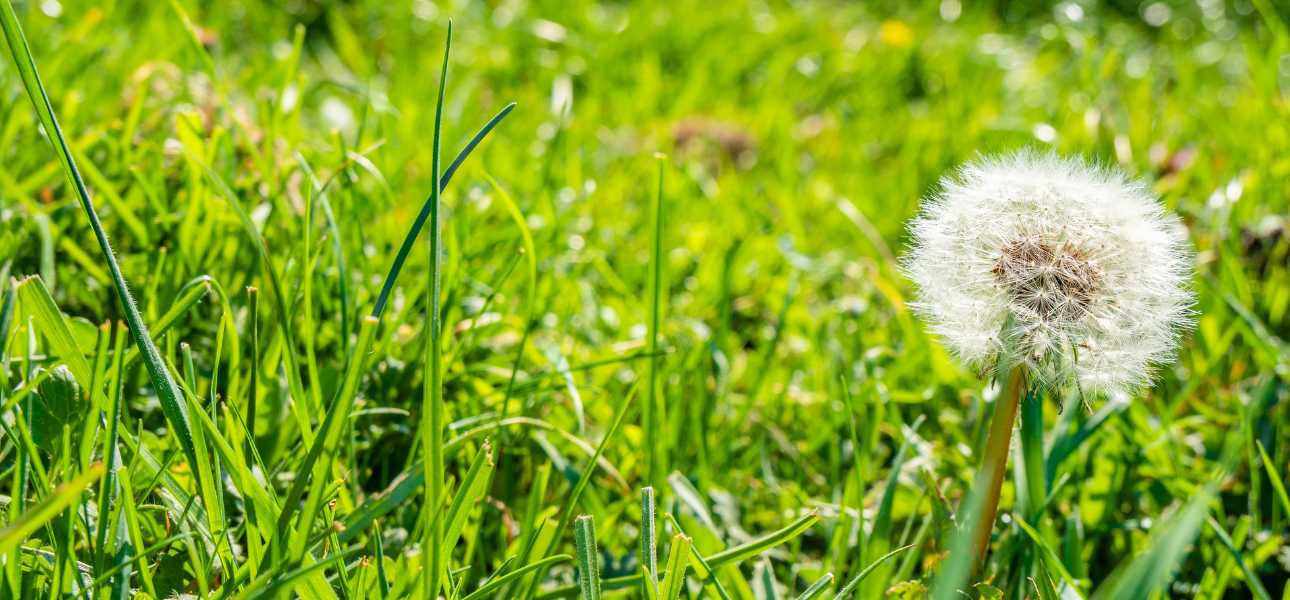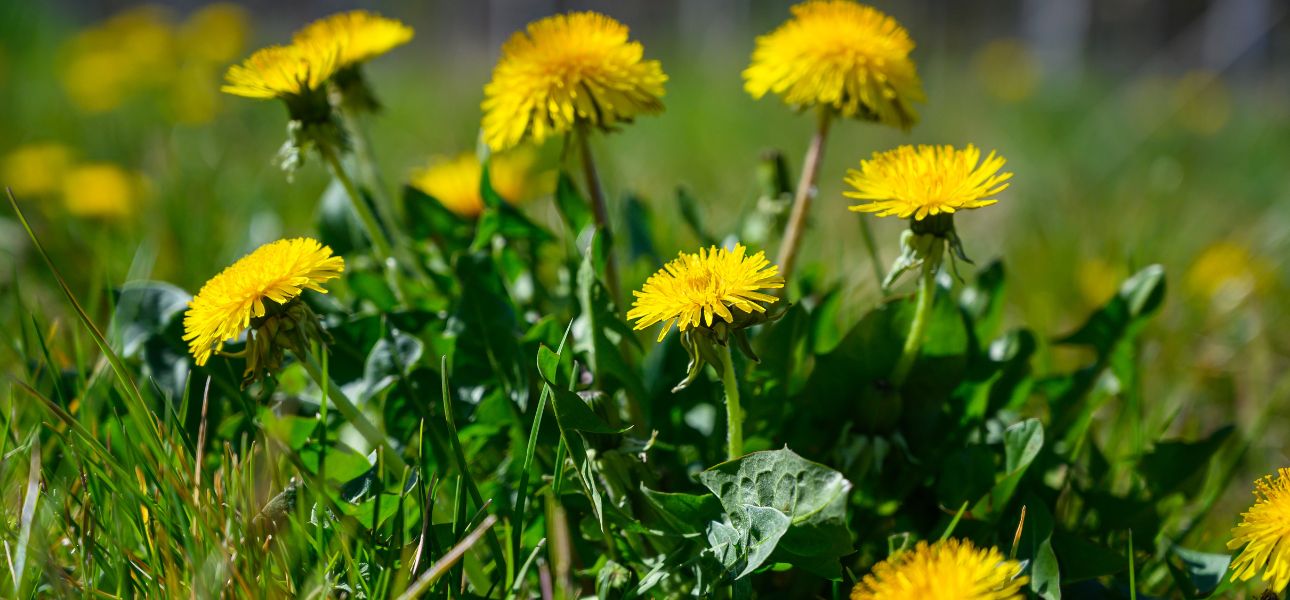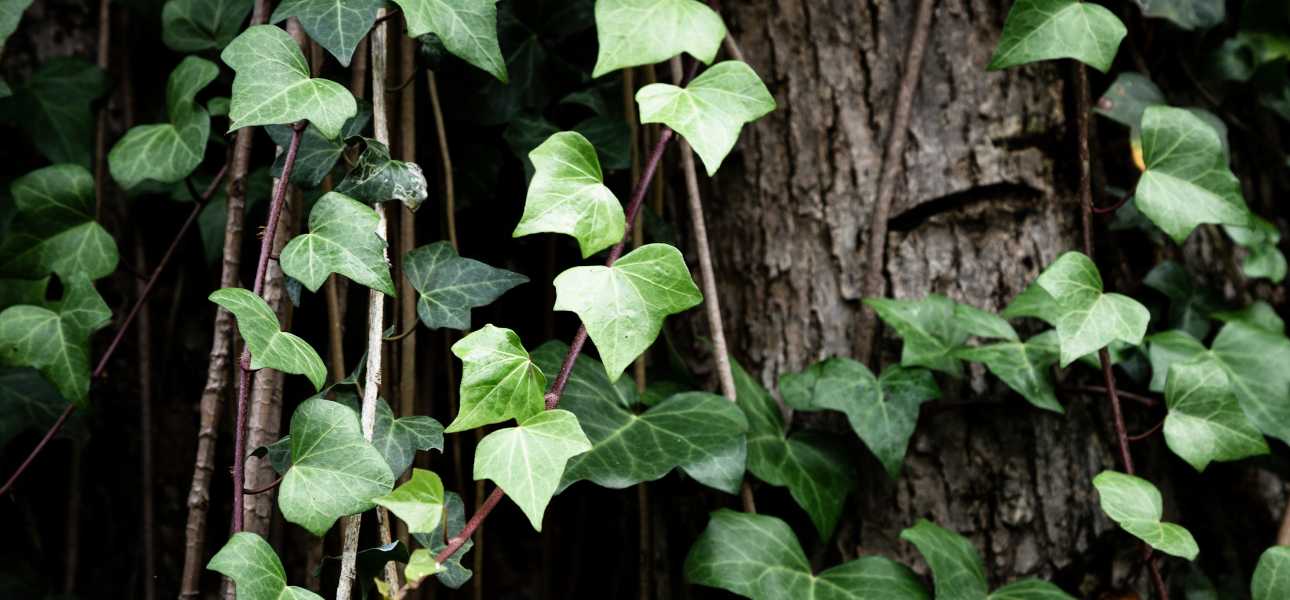8 Common Weeds in Spring and How to Control Them

As we enter the spring season with renewed vigor, looking forward to the warmer days and the sight of lush, green grass, there's one unwelcome guest that also seems to thrive in the springtime: weeds.
Weeds are plants that grow where they're not wanted. While some weeds are harmless, many grow aggressively, detracting from the aesthetics of your lawn. If left unchecked, weeds can overtake your lawn, competing for nutrients with the grass you have diligently cultivated.
The Most Common Spring Weeds in Florida
With Florida's warm, humid climate, various weeds thrive, and some are more prevalent in the spring. As a sod farm providing high-quality Bermuda grass plugs and other warm-season varieties in the state, we list five common weeds in spring and tips on how best to control them.

Dandelion
The sight of dandelions in bloom, with their bright yellow flowers, is a definite sign that spring is here. However, despite their cheerful appearance, dandelions are troublesome weeds in lawns. They grow fast and are surprisingly hardy. Their seeds can be easily carried by the wind, remaining viable even in less-than-ideal conditions until the weather improves.
Dandelions are perennial weeds. It means that while they may die off above the surface, without effective control, they will return.
Purple Deadnettle
Deadnettle is a member of the mint family and shares the aggressive growth traits of its genus. Each deadnettle weed can release thousands of seeds, further contributing to its rapid spread.
Germinating in winter and maturing in spring, this winter annual emerges in early spring, particularly in areas where grass is sparse. Despite its rapid growth, deadnettle can be effectively controlled by liquid broadleaf weed treatments, making it easier to manage than other weeds.
Wild Violet
While the term violet can refer to various plants, including those cultivated as ornamentals, wild or common violet is specifically a broadleaf perennial weed that grows in clumps. It is characterized by its heart-shaped leaves and flowers, which usually have five petals in shades of purple, but can also be white or yellow.
Wild violets feature a strong root system and waxy leaf coating, which makes them difficult to control with some spring weed control treatments.

Common Chickweed
Chickweed is a winter annual that flourishes well into early spring when temperatures remain cool. It is characterized by its small white flowers and egg-shaped succulent leaves, and is often found in shady and sparse areas, where it forms dense mats. This weed persists and spreads seed until late spring when warmer temperatures cause it to die off.
Corn Speedwell
Corn speedwells, along with Persian speedwells, are members of the Figwort family. But, among its many varieties, these two act as a winter annual weed. They usually grow prostrate or through branches that spread along the ground, with tips that grow upward.
This lawn weed features flowers, often in light blue, violet, and white combinations. Although small, these flowers stand out against the green foliage. It thrives in shady, moist soils with sparse grass and can adapt to growing in compacted soil.
Wild Garlic
Unless cultivated for food, wild garlic can be visually and olfactory offensive on a lawn. Like onions, it is a winter perennial that grows from a bulb, emerging in the fall during cooler temperatures and maturing in the spring. Wild garlic can produce several bulblets in the soil, leading to more weeds if left unchecked.
This plant spreads faster in sparse lawns and compacted soils. While it doesn't survive warm temperatures, it should run its course as the weather heats up. Nevertheless, targeted and selective weed control in spring can effectively address it and avoid future weed growth.

Ground Ivy
Ground ivy or Creeping Charlie is a low-growing perennial weed distinguished by its scalloped leaves and purple or blue flowers. Due to its aggressive growth, it is one of the most challenging weeds to control. It creeps along the soil surface, where it works to establish roots, competing with your healthy lawn for water and nutrition.
White Clover
White clover is a perennial weed characterized by its low-creeping growth habit and white flowers. It prefers low-pH soils, which are deemed unsuitable for many warm-season grass varieties, explaining why it usually populates sparse areas where grass may struggle to grow.
In addition to weed infestation, white clover presents another issue: its flowers attract bees, posing a risk for anyone walking barefoot on their lawn, especially in spring.
Lawn Weed Control Tips in Spring
These common lawn weeds generally respond well to selective, post-emergent herbicide treatments, such as liquid weed control, which can be applied directly to existing weeds without damaging desired vegetation.
However, remember that controlling weeds goes beyond simply applying herbicides. It is an ongoing effort to maintain a healthy lawn and prevent these pesky weeds from crowding your healthy grass. It can take some time to get good control over these spring weeds or at least reduce the problem to a tolerable level. The sooner you take action, the better you can keep your lawn in good shape.
As you may have noticed, a common factor among these spring weeds is that they thrive in lawns with sparse grass. So, the most effective and sustainable weed control strategy is to create a comprehensive lawn care strategy that focuses on cultivating a healthy lawn year-round—nothing gets weeds under control better than healthy, dense grass. You can achieve this with diligent lawn care practices, including mowing at the right height, watering appropriately, fertilizing, and aerating and dethatching.

How SodPods® Grass Plugs Can Help in Natural Weed Control
Consider establishing or filling in sparse areas in your lawn with grass plugs. SodPods® grass plugs deliver several benefits, including faster establishment than grass seed. This rapid growth provides a quick green cover that can naturally outcompete and suppress common lawn weeds.
Because they are pre-grown, they immediately fill in the bare areas of your lawn, reducing the available space for weeds to germinate. Grass plugs also have a well-established root system, creating a healthy lawn that is more resilient to weeds. They require less water and maintenance than grass seeds, making them a convenient and effective weed control solution in lawns.
Explore a wide range of grass plugs for sale at the Try SodPods® website today!


